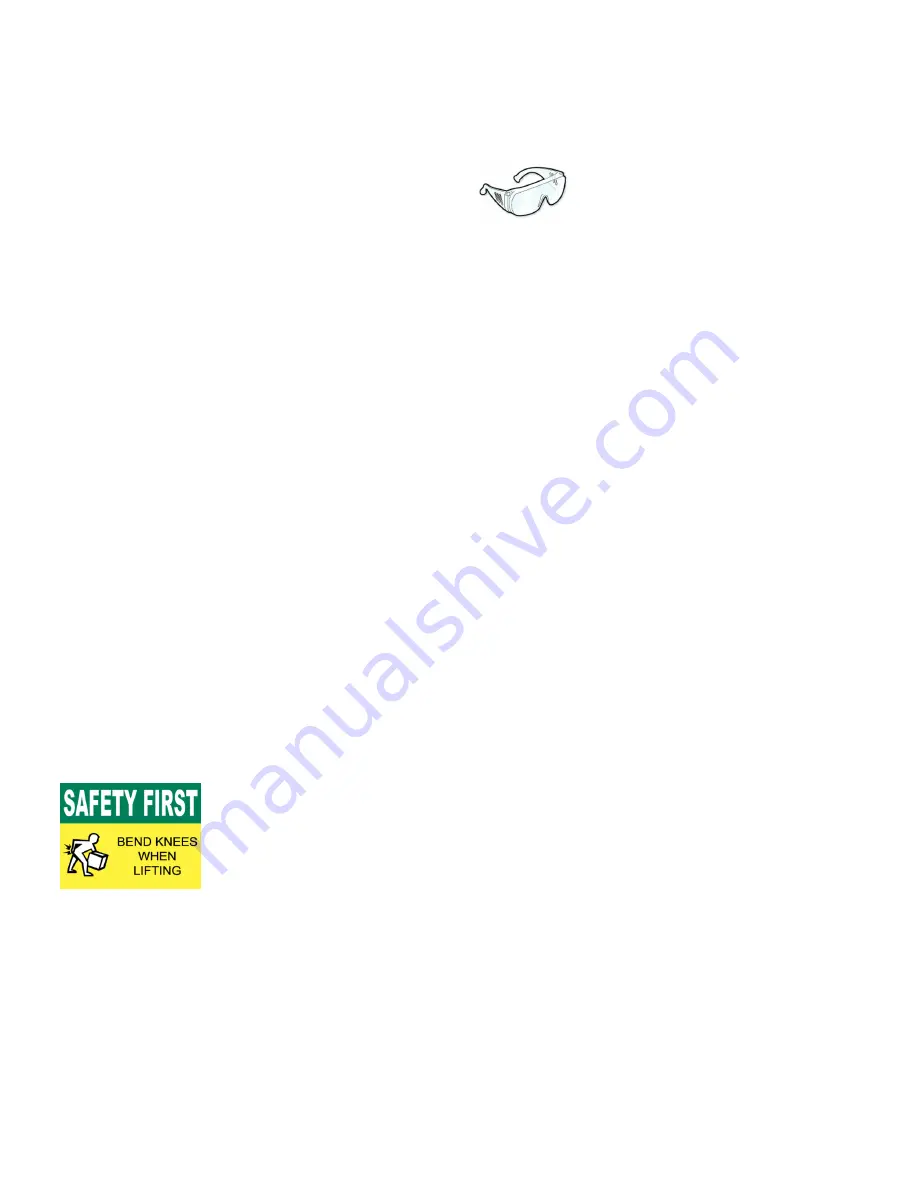
B
12
Repair and Service Manual
SAFETY
Read all of SAFETY and this section before attempting any procedure. Pay particular attention to Notices, Cautions, Warnings and Dangers.
668061
must be allowed to rotate or service is being per-
formed on the brake system.
If repairs are to be made that will require welding or
cutting, the battery and fuel tank must be removed
and the fuel system drained.
To prevent an explosion that could result in severe
injury or death, keep all smoking materials, open
flame or sparks away from gasoline and battery.
Never operate the starter with the spark plugs
removed unless the ignition system has been dis-
abled and the engine/exhaust are cold. Fuel
expelled from the cylinders can ignite by the igni-
tion system or the hot exhaust system.
Never work on a hot engine.
Never test the ignition system without either con-
necting the spark plug lead to a tester or a spare
grounded spark plug.
If the spark function is to be observed at the spark
plug, install a spare spark plug into the open cylin-
der before operating the starter.
Never test the function of a fuel pump in the vicinity
of a hot engine or other source of flame or combus-
tion.
Verify that the fuel lines are correctly installed
before starting the engine. See the FUEL SYSTEM
section.
Be sure that the key switch is off and all electrical
accessories are turned off before working on vehi-
cle.
The battery should always be removed before any
servicing or repairs that could generate sparks.
Never disconnect a circuit under load at a battery
terminal.
Batteries are heavy. Use
proper lifting techniques when
moving them. Always lift the
battery with a commercially
available battery lifting device.
Use care not to tip the battery
when removing or installing;
spilled electrolyte can cause
burns and damage.
The electrolyte in a battery is an acid solution which
can cause severe burns to the skin and eyes. Treat
all electrolyte spills to the body and eyes by flush-
ing with clear water. Contact a physician immedi-
ately.
Wear eye protection when working
on the vehicle. In particular, be care-
ful when working around batteries,
or using solvents or compressed
air.
Electrolyte spills must be neutralized with a solution
of 1 tablespoon (15 ml) sodium bicarbonate (baking
soda) dissolved in 1 quart (1 liters) of water and
then flushed with water.
Use insulated wrenches to prevent the possibility of
a dropped wrench from shorting out a battery,
which could result in an explosion and severe per-
sonal injury or death.
Aerosol containers of battery terminal protectant
must be used with extreme care. Insulate metal con-
tainer to prevent can from contacting battery termi-
nals which could result in an explosion.
Never work around or operate a vehicle in an envi-
ronment that does not ventilate exhaust gases from
the area.
Carbon monoxide is an odorless gas that is formed
as a natural part of the incomplete combustion of
hydrocarbon fuels. Carbon monoxide is a danger-
ous gas that can cause unconsciousness and is
potentially lethal.
The following are symptoms of carbon monoxide
inhalation:
Dizziness
Vomiting
Intense headache
Muscular twitching
Weakness and sleepiness
Throbbing in temples
If experiencing any of these symptoms, get fresh air
immediately.
Summary of Contents for Stampede 900 2017
Page 1: ...Technician s Repair and Service Manual 668061 B 2018...
Page 21: ...9 Repair and Service Manual Notes TABLE OF CONTENTS 668061...
Page 22: ...10 Repair and Service Manual TABLE OF CONTENTS Notes 668061...
Page 190: ......
Page 236: ......
















































